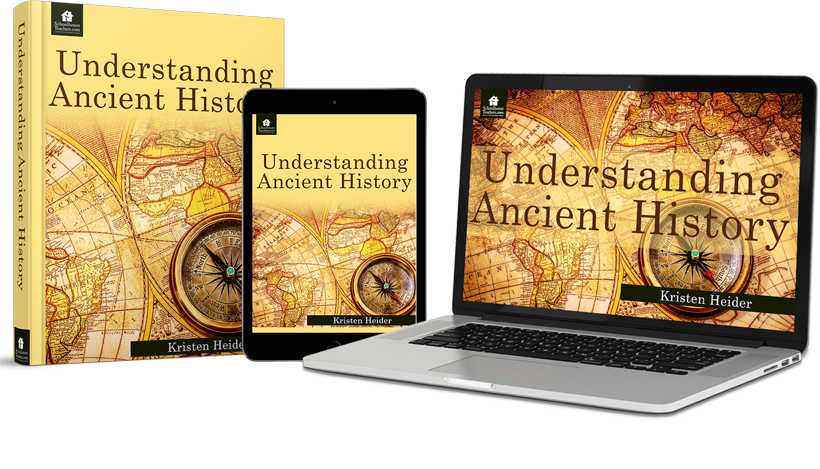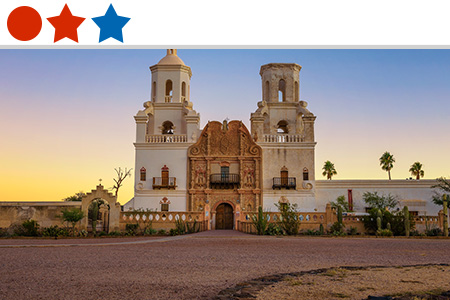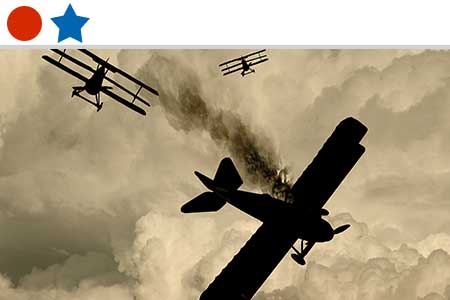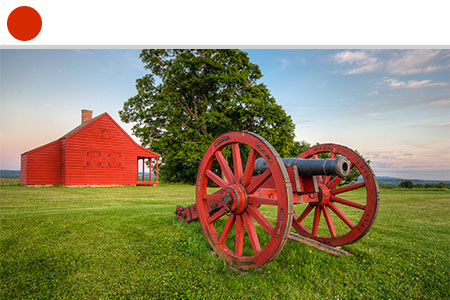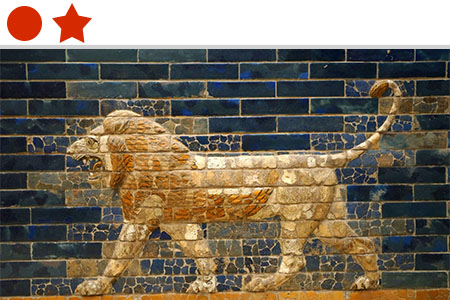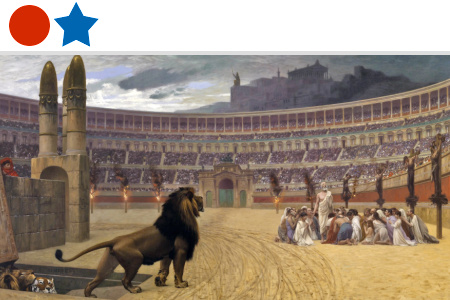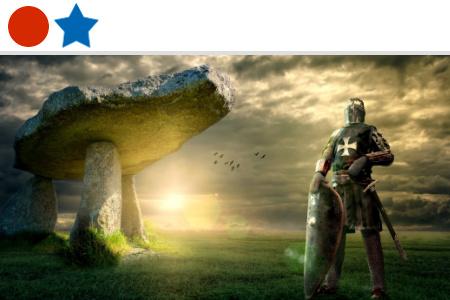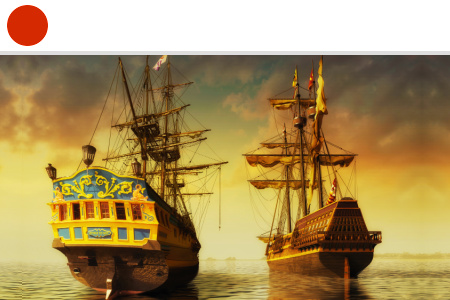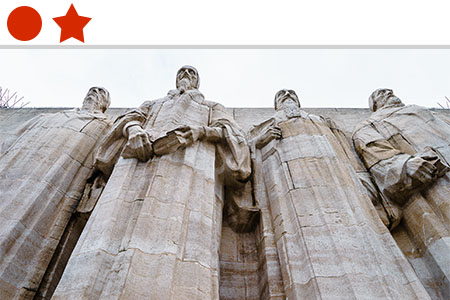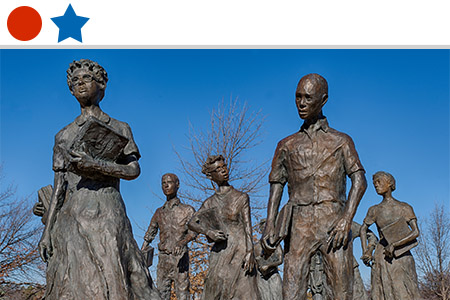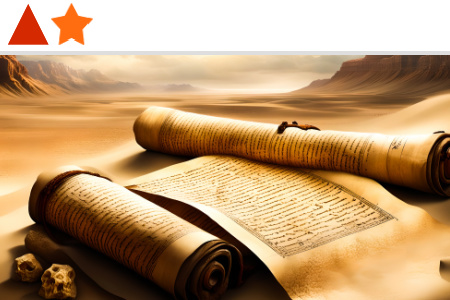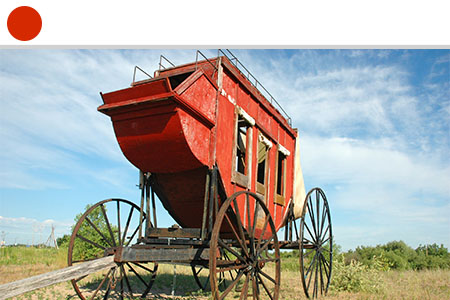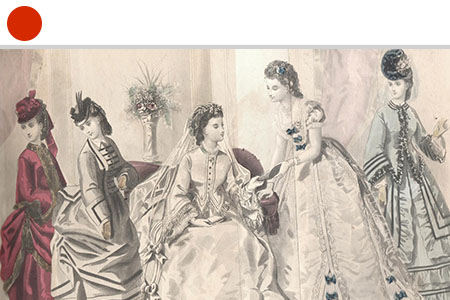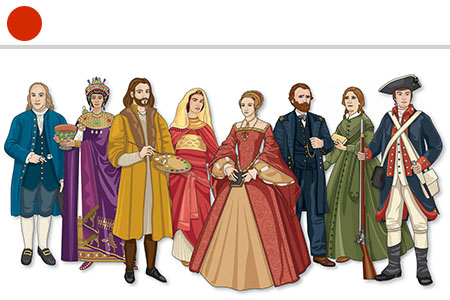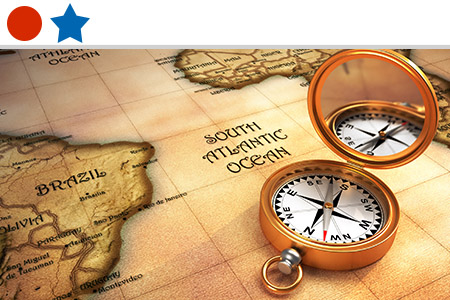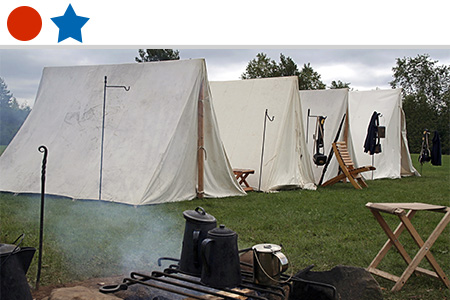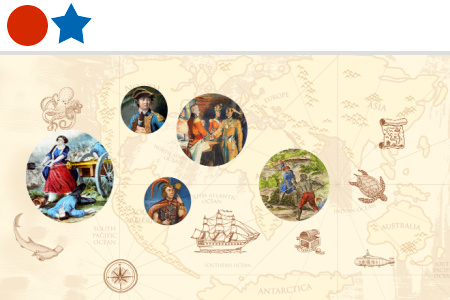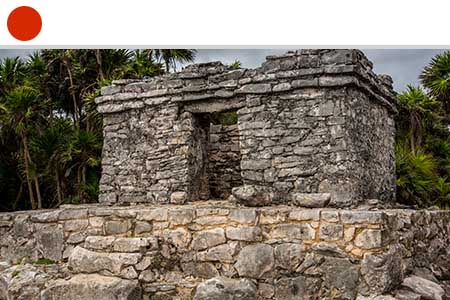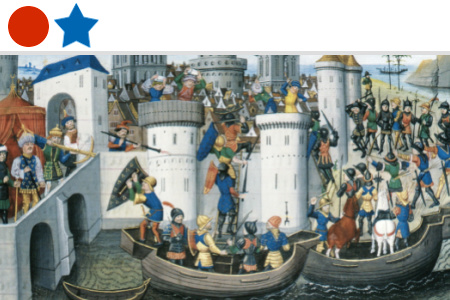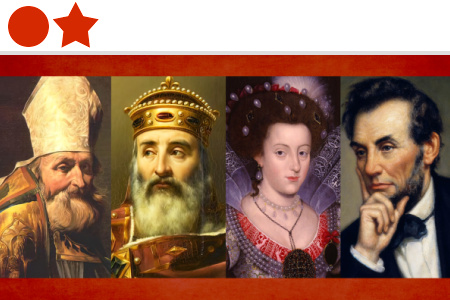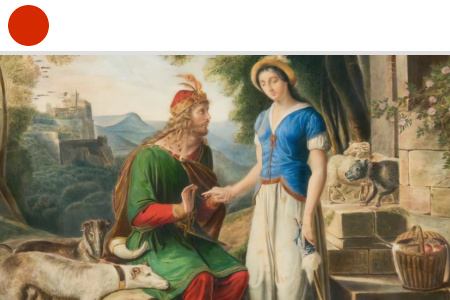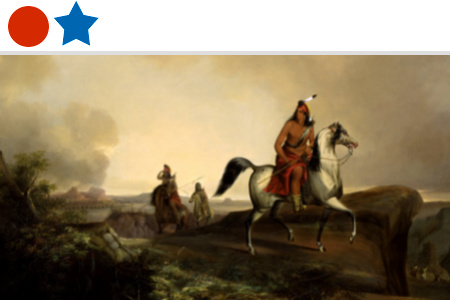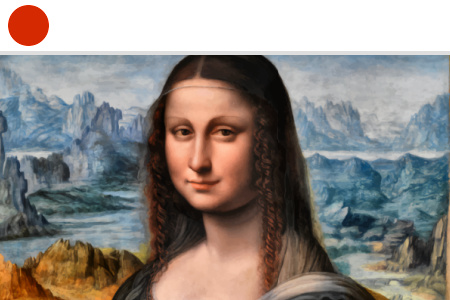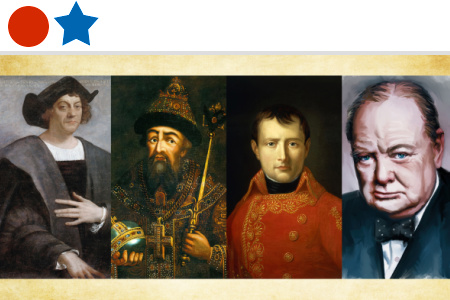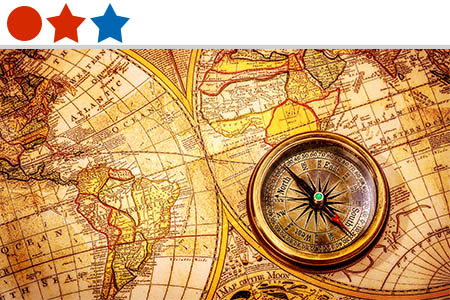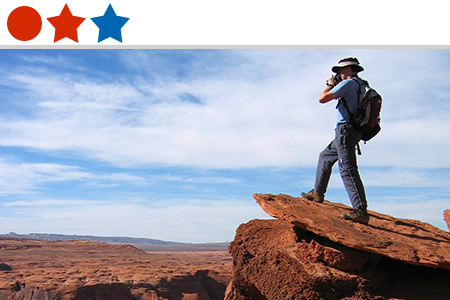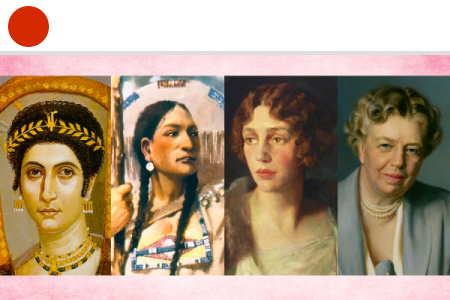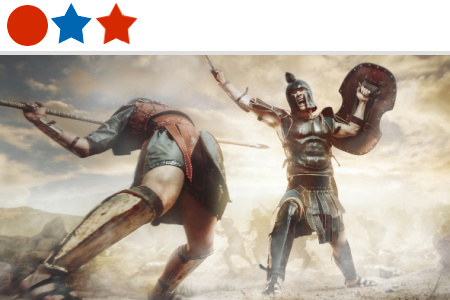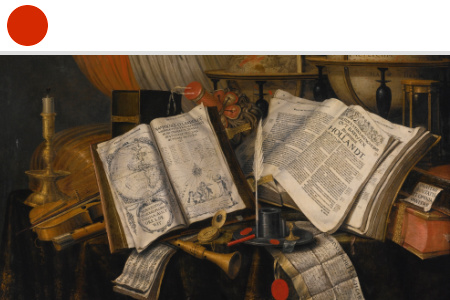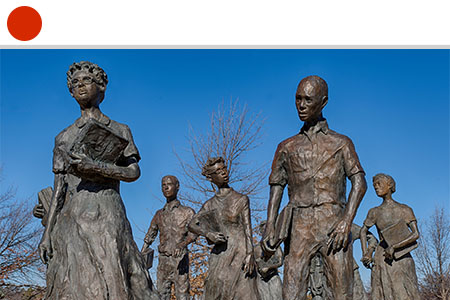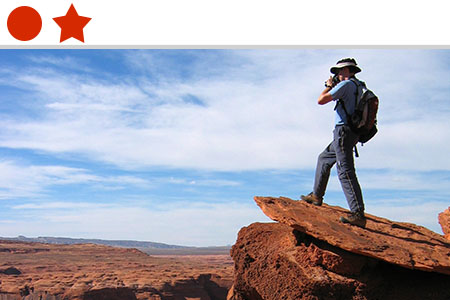Course Sample for Our Understanding Ancient History Homeschool Course
To vew a full sample of this course, click here.
Understanding Ancient History
By Kristen Heider
Unit One (Exerpt)
Foundations of Civilization
As people spread out and migrated to various parts of the world following the Flood, they built settlements and developed civilizations. The four earliest civilizations we are going to study developed in the Nile River Valley in Africa, in the valley of the Tigris and Euphrates rivers in southwestern Asia, in the Indus River Valley in southern Asia, and in the Huang or Yellow River Valley in eastern Asia.
A Civilization can be defined as a complex culture that has at least three characteristics: people have a stable food supply and are able to produce surplus or extra foods, people establish large towns or cities with some form of government, and people perform different jobs, instead of each person doing all kinds of work (which is called division of labor).
When you look at the four civilizations above, you’ll notice that they all center on one or more rivers. The rivers in these valleys flood during periods of heavy rains, but rain little the rest of the year. This, combined with irrigation techniques used by the farmers, provided enough food, not only for their own people, but for others as well.
These permanent settlements also had other things in common, such as a leadership and government with rules that governed the people and directed their work. As farming and irrigation techniques improved, fewer people were needed to work in the fields. People were able to divide the jobs that needed done by skill, or more often, by a social class structure. Laborers provided the work needed to build great palaces, temples, and other public buildings. Merchants and traders worked in commerce and finance. Artisans were specially skilled to create various masterpieces.
As the merchants and traders continued in their fields, cultures shared and spread ideas, art, and even beliefs from one area to another.
These civilizations also developed calendars, writing systems, technology, art, a military, and belief system. Calendars were key because the people needed to know when the yearly floods that their crops were dependent on would begin. Writing systems were key to communication, commerce, religion, literature, and administration. People throughout history have continued to develop new technologies to meet their needs or make their lives simpler or safer. Whether the technology was wheeled vehicles for transportation, better systems of irrigation, or modern inventions like satellites and cell phones, the desire to create that was placed in our hearts by God when He created us has always made itself known.
Unfortunately, the sinfulness of mankind has also always made itself known. Conflicts between people perpetually arose, driving the need for an organized military for defense.
At the heart of man is a desire to worship God. That desire has manifested itself in many ways. In some civilizations, man has made himself a god and worshipped himself by denying the existence of anything beyond. Other cultures created gods out of nature that controlled many aspects of human life. The Hebrews, whom we’ll learn about later in this course, worshipped Jehovah God, the Creator of all, who revealed Himself to men throughout history.


